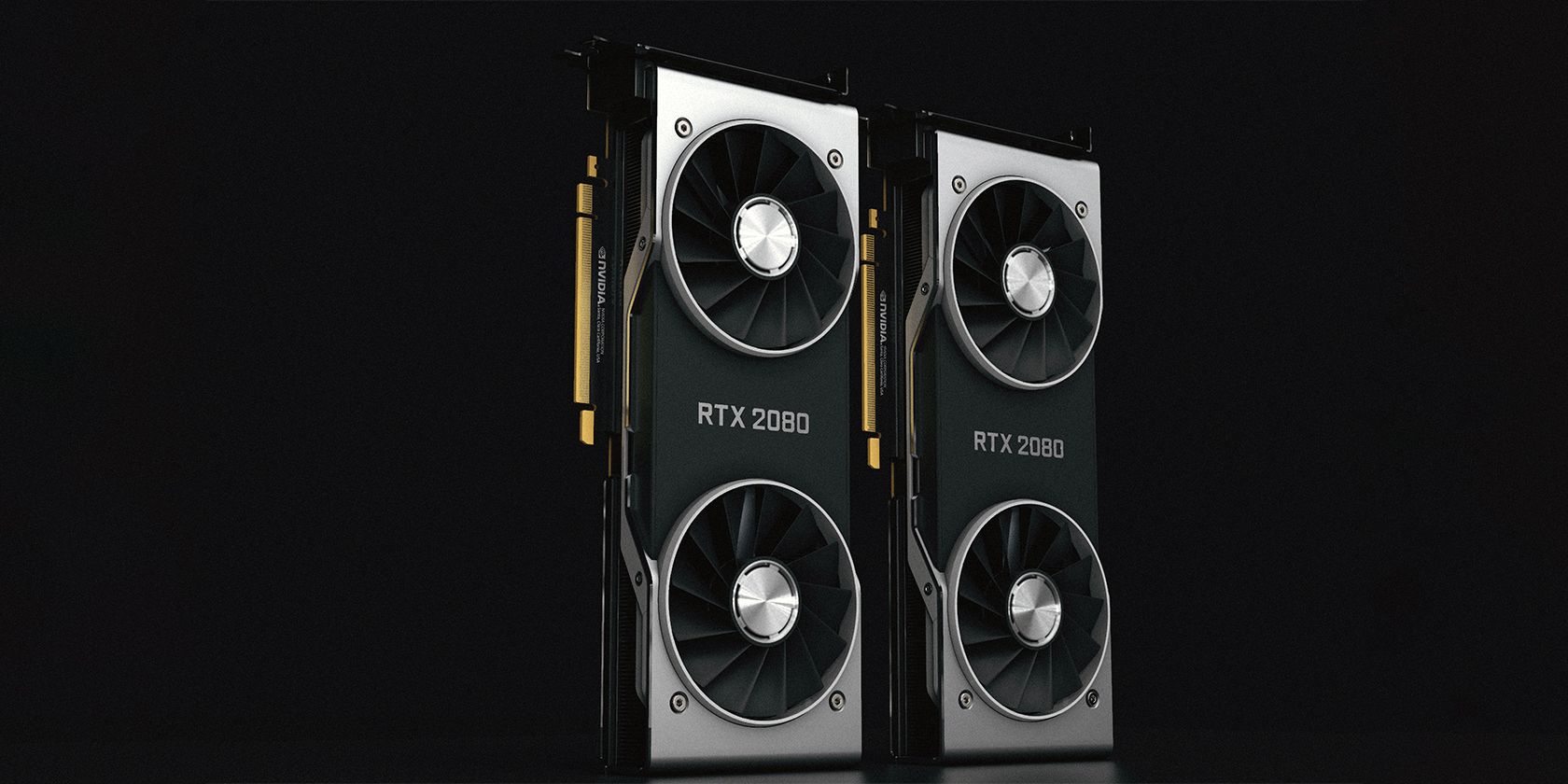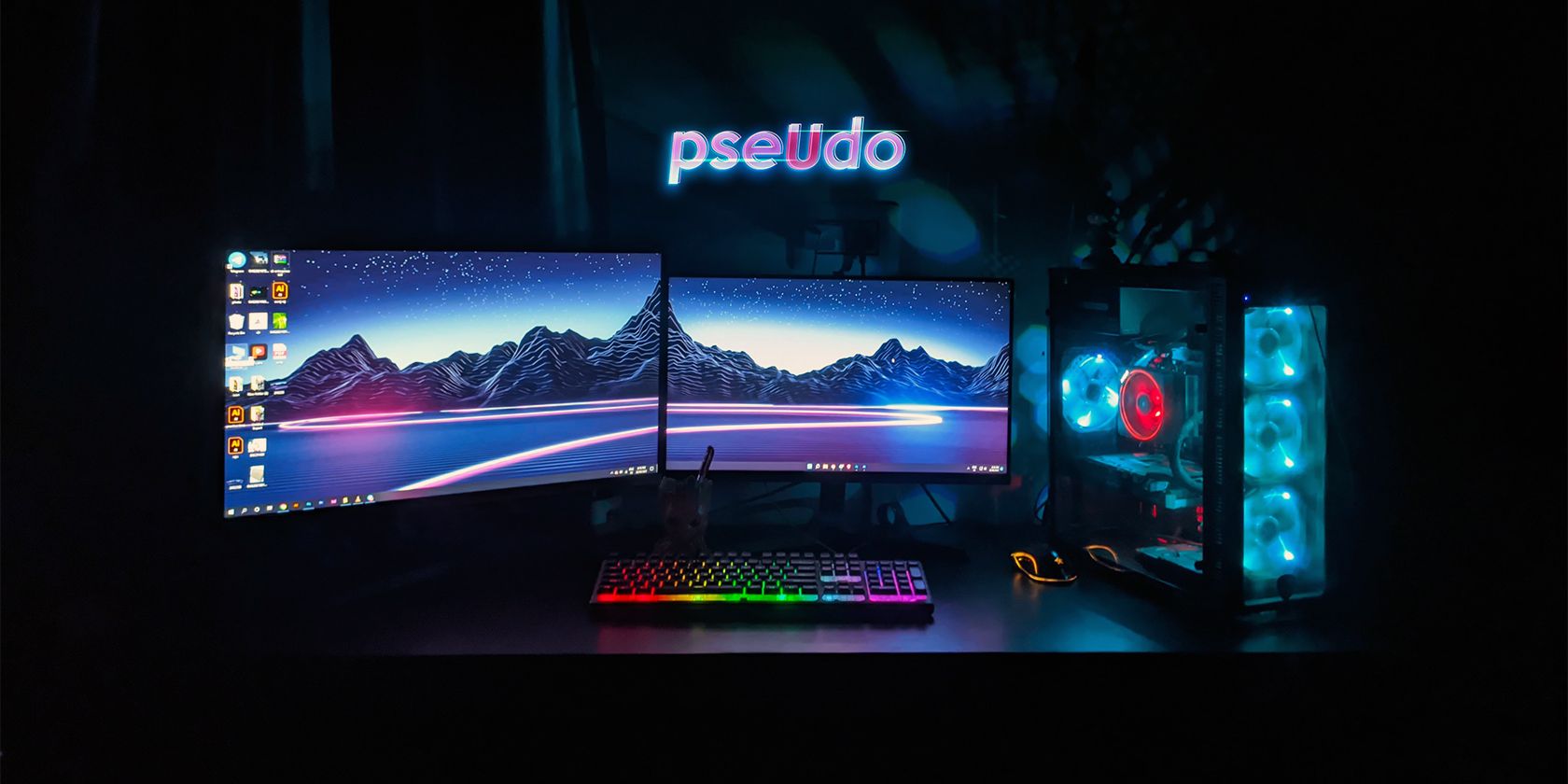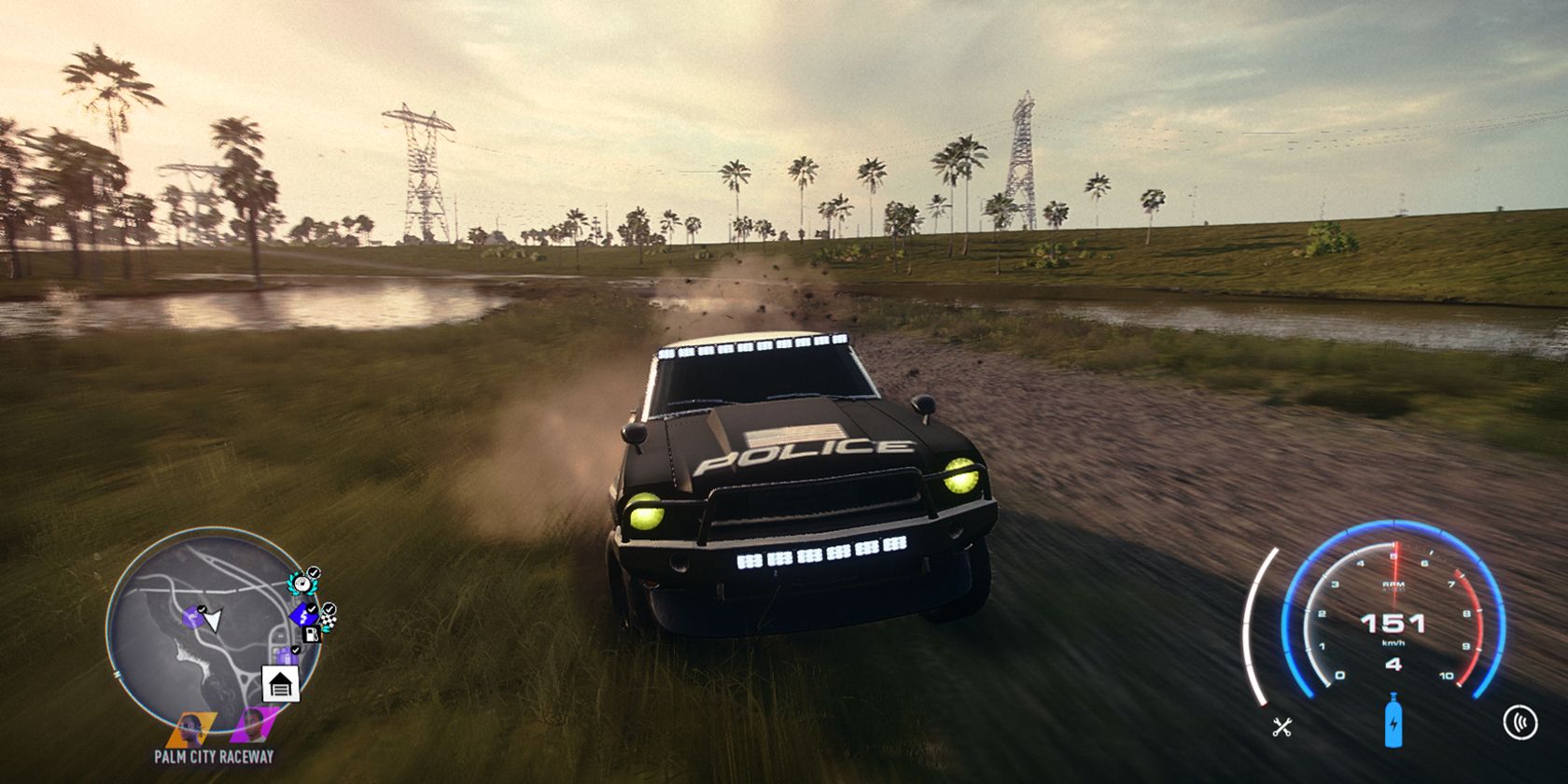In the mid-2000s, gamers usually envisioned a top-end Intel processor with at least 16GB of RAM and a whopping four premium GPUs when talking about the ultimate gaming machine. These cards run under Nvidia SLI or AMD CrossFire technology.
However, almost 20 years later, people no longer talk about this kind of raw power. Instead, it's all about expensive GPUs, cryptocurrency, and 4K displays.
So, what happened? Are multi-GPU setups still worth it for gamers? Let's examine their pros and cons and see if it's still worth the cost.
The Pros of Multi-GPU Gaming Systems
A GPU is specifically designed to process tons of graphics data. So, if you're a gamer, you want a decent video card in your gaming setup to deliver high-quality graphics. However, from the mid-2000s up until the mid-2010s, gaming development was outpacing hardware capacity—meaning even top-end cards struggled to provide high-FPS 4K gaming.
That's why many gamers built computers with two or more GPUs. Here are two key advantages multi-GPU computers unlock.
Better Resolution, Higher Frame Rates
By installing two or more GPUs, your computer can divide the workload among the video cards. This system allows your PC to process more data, thus allowing you to have a greater resolution while maintaining high frame rates.
For example, high-FPS 4K gaming requires at least a 3060 Ti or 2080 Super. However, in a video posted on YouTube, DudeRandom84 was able to run Grand Theft Auto V on ultra settings in 4K. This was way back in 2017, about one year before Nvidia launched its RTX GPUs.
DudeRandom84 used two Nvidia GTX 1080 Ti GPUs linked via SLI and powered by an overclocked Intel Core i7-7700K.
You've Got a Backup GPU
Another advantage multiple GPUs deliver is the availability of a backup card. If ever one of your video cards fails, you can still play games on the other while waiting for the repair or replacement of the damaged GPU.
Furthermore, multi-GPU setups are far more useful in professional use. If you're a researcher, video editor, or have any other application that requires massive computing power, multiple GPUs will execute your work much faster than relying on just one card.
Multi-GPU PC Drawbacks
While having many video cards does deliver a bump in power, it's not all sunshine and roses. Multi-GPUs also have issues you must consider before you install that second GPU.
GPUs Are Expensive
Before the 2020 pandemic ravaged the world, most GPUs had reasonable prices. For example, the Nvidia GTX 1080 Ti had a $699 SRP. But, if you get two of those cards, you must shell out $1,398.
But in 2022, prices have changed drastically. Never mind the GPU shortage in 2021 and early 2022; the Nvidia RTX 3090 and Nvidia RTX 3090 Ti retailed for $1,499 and $1,999, respectively. So, if you were planning on getting two RTX 3090s, you have to shell out almost $3,000.
Multi-GPU Computers Consume a Ton of Electricity
GPUs are some of the most power-hungry elements of any computer. If you're running an RTX 3090 Ti, the GPU has a 450-watt TDP—this is more powerful than what some PSUs can deliver. So, if you plan to install two of these cards, you must have at least a 1,300-watt power supply to account for both GPUs plus your processor and other parts.
Given that these cards already consume 450 watts each, they'll also spit out an equivalent amount of heat. With that, you can expect the area your computer is in to get particularly warm too. This means you must invest in an air conditioning or heat exchanger unit, or you risk overheating your body while gaming.
Multi-GPU Systems Require Specific Video Cards
If you're upgrading your gaming PC, you might be tempted to add your old GPU to your new system. However, it's not as simple as that. Multi-GPU systems usually require you to have GPUs from the same model and series. So, if you have a Radeon RX580 in your current PC, and you want to attach the R9 390 GPU from your old gaming system, it won't work.
There might be cases cards of different performance levels may work together, but the lower-performing GPU will bottleneck the faster card. For example, you could theoretically connect the RTX 3090 Ti with the RTX 2080 Ti. However, you aren't maximizing your faster GPU because the older card is bottlenecking it.
Your Games Must Specifically Support Multiple GPUs
Say you've finally set up two RTX 3090s on your computer, and you're now rearing to test it with your games. However, it's not as easy as opening your favorite title. You must first check if it supports multi-GPU technology first.
For example, Grand Theft Auto V runs smoothly with it since it has in-game support. However, other titles, like Forza Horizon 5, do not support this at all. If a game runs on DirectX 9, 10, or 11, you can still possibly run it by downloading driver profiles from your GPU's manufacturer.
But, if the game you're playing uses DirectX 12, it must natively support multi-GPU technology. Otherwise, the game will only use one GPU in your system. The rest will stay idle while you're playing.
Some games which support multi-GPU systems also require complicated setups. Furthermore, there are times that titles with multi-GPU support end up with poor performance, like frame drops and stuttering, due to poor driver implementation.
So, Should You Use Multiple Graphics Cards for Your Gaming PC?
The short answer is: no. Given the pros and cons above, investing in two or more cards doesn't make sense unless you use them professionally. If you have specialized software that processes billions of data points or hours of 4K video, then multi-GPU systems have a place in your workflow.
However, multi-GPU gaming systems are simply done for good. That's because newer GPU models, architectures, and technologies are more than enough to deliver ultra-quality gaming with high frame rates. Even current mid-range GPUs like the 3060 Ti can now perform as well as last-generation enthusiast cards.
If your work requires that kind of system, and you're also into gaming, then, by all means, get a multi-GPU computer. But if not, you're wasting money putting a second GPU into an already powerful system. The additional cost—an extra $2,000 for the 3090 Ti—is not worth the added performance.
Be a Wise Gamer
If you have an unlimited budget, you can install a second (or third, or fourth) GPU to maximize the potential power of your system. But that's just it—potential. No game, current or past, uses that amount of horsepower. So, unless you're using your monster of a PC for work, you don't really need another GPU to game at the best possible quality.
Instead of putting up $2,000 for a second card, why not get better peripherals? For that money, you can get a massive 4K or 8K display, some high-speed SSDs, gaming keyboards and mice, a plethora of gaming controllers, wheels, and throttles, and even a complete VR setup to increase your immersion.
After setting up your system, you'll even have some change left over to treat yourself to a nice meal.







.jpg)